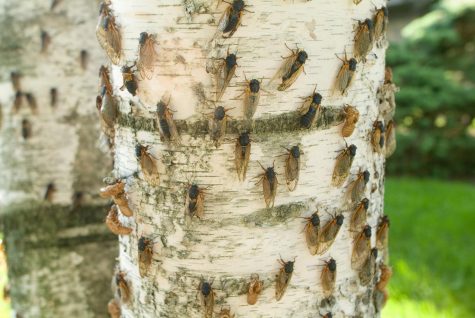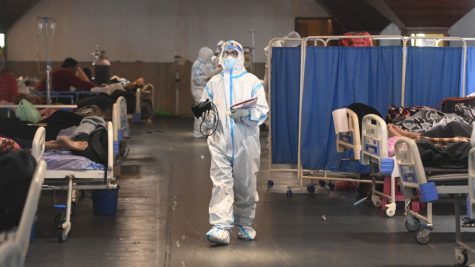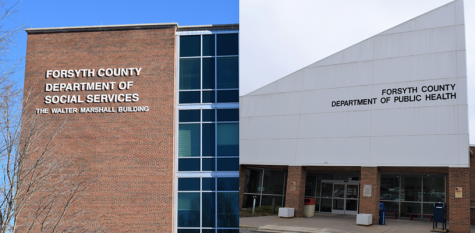Wake biology professor earns USDA grant
Dr. T.M. Anderson will study the effects of the Great Wildebeest Migration in Tanzania on the spread of infectious diseases
In the past, Dr. Anderson has earned grants from the National Science Foundation and National Geographic.
March 4, 2021
Last week, Dr. T.M. Anderson of the biology department received funding from the United States Department of Agriculture for a research proposal.
The proposal is titled “US-UK Collaboration: Transport and Trophic Effects of Transient Hosts on Infectious Disease.” It is a joint effort between researchers from not only Wake Forest, but also the University of Georgia and the University of Glasgow, to study the effects of the movement of animals on the transmission of infectious diseases.
Dr. Susan Fahrbach, the biology department chair, explained that while this project is similar to many others that have already looked at the relationship between animal movements and infectious disease, “this is a very exciting project” because it goes beyond the scope of these past studies.
This particular project will be conducted in Tanzania, specifically Serengeti National Park, to take advantage of the famous wildebeest migration that occurs there. Each year, the “Greatest Show on Earth” unfolds as millions of wildebeest, gazelles, zebras and other grassland animals move in a perpetual circle to follow the rain and availability of grass for grazing.
While a marvel in and of itself, the Great Wildebeest Migration is also an ideal opportunity to observe the spread of parasites in a natural environment because it is one of the last remaining global ecosystems that “still hosts a large intact animal migration,” per Asilia Africa. According to the United States Department of Agriculture, this is beneficial because it will allow for the greatest number of “animal movement scenarios” to study and glean insight from.
The data collected during this experiment will hopefully be applicable to other large animal migrations, such as the recovering bison migration in the Great Plains. With this information, researchers will be able to predict the movement of parasites and infectious diseases, as well as the threat mobile animals that carry these infections may pose to livestock and other stationary animals.
While this idea is obviously important for agricultural and farming purposes, the study of infectious disease is especially important considering the continued presence of the COVID-19 pandemic. While the two subjects may not be directly super-imposable, any studies that provide further information on disease transmission are valuable.
“One very important reason is that the tools and principles of ecology are required to understand the spread of disease,” Fahrbach said. “Any research that helps us learn more about disease transmission is definitely of value.”
This is not the first grant Dr. Anderson has received for his research proposals. In the past, he has also received other grants from the National Science Foundation and National Geographic relating to topics such as moisture gradients in savanna soil. Dr. Anderson’s research focuses predominantly on the ecology and conservation of grassland and savanna ecosystems. Several of his current projects include investigating the effects of the landscape, plant quality and prevalence of predators on the distribution of large herbivore habitats, understanding how plant diversity is maintained in the savanna and researching the impact of plants and herbivores on nutrient availability.






















